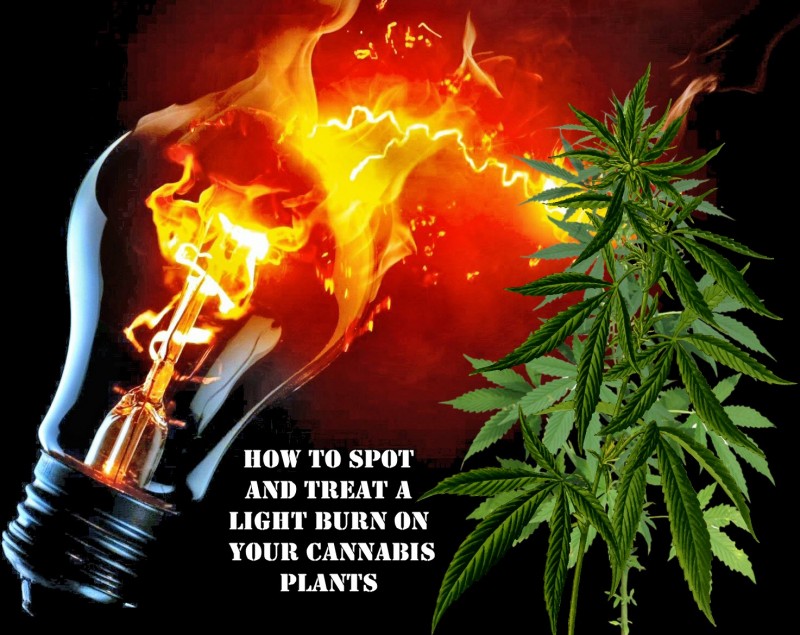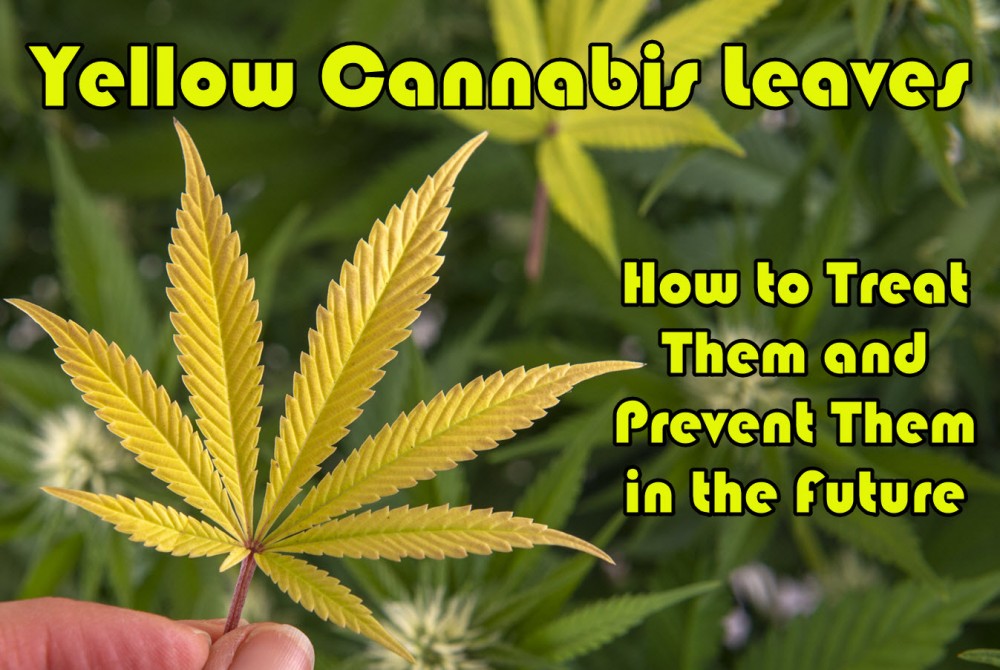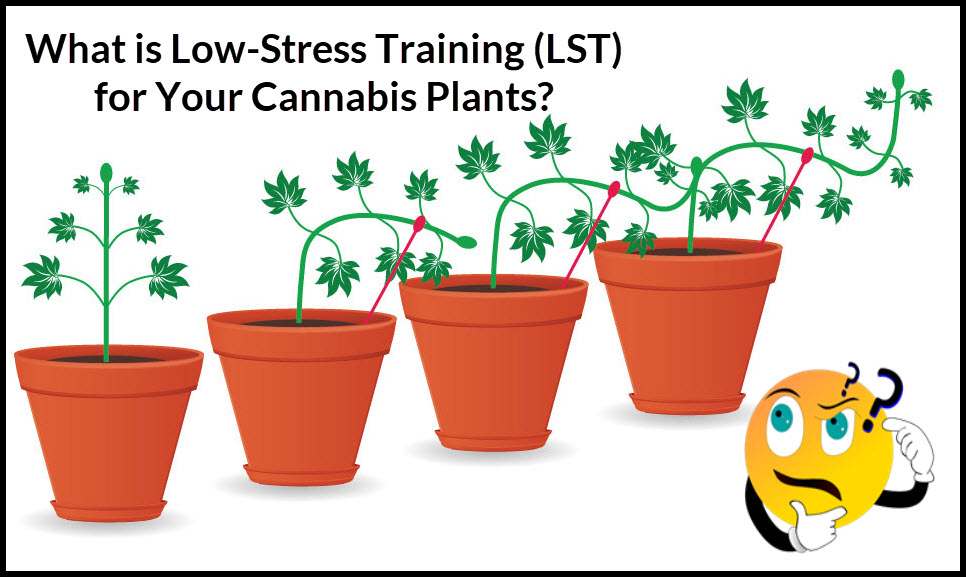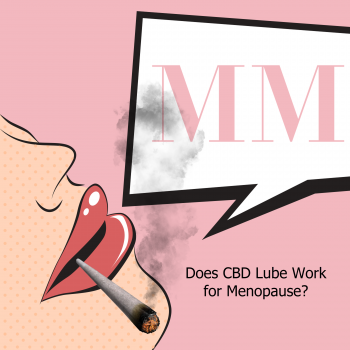How to Spot and Treat a Light Burn on Your Cannabis Plants
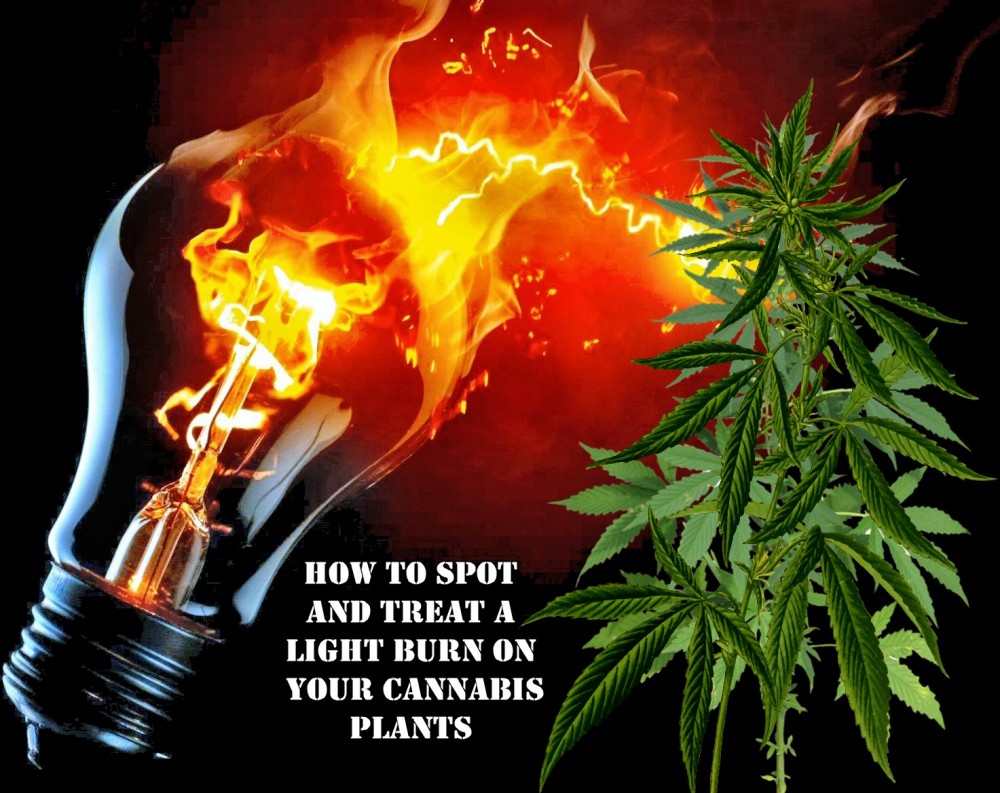
Light burn is the yellowing of your plant leaves as a result of excessive lighting saturation or proximity of the plant to the light source which puts some stress on the leaves closest to the source of light. Light burn is said to share symptoms with nitrogen deficiency which also causes yellowing of the leaves though they start from the bottom of the leaves and fall off the plant easily. But with a light burn, the leaves typically start pointing upwards, grow pale, and then start turning yellow though the insides veins remain green and don't fall off the plants easily. Light burn does not only cause your leaves to yellow but can also turn them white and brown tips to give them a ‘burnt’ look.
Light Burn is an easily treated condition that occurs mainly with indoor cannabis plants. Though it could also affect outdoor plants in cases where it was grown in the shade before being exposed to the light which it might not be used to, otherwise, the distance of the sun is too far out to affect your cannabis plants. This is why it is recommended that any changes you want to introduce in your cannabis cultivation system should be done slowly and methodically to prevent your plants from experiencing shock or stress.
Symptoms of Light Burn
Generally, there are other conditions that seem similar to light burn but there are a few symptoms that could aid you in identifying light burn in your plants. These symptoms include:
Bleached Buds
This is a very obvious symptom of light burn in your plants. The bleaching of your flowers typically occurs as a result of the plants' proximity to the grow lights. The use of high powered grow lights in your grow space allows the plants to slowly turn white if they are too close to the lights. This bleaching of the flowers from your plants is very hard to miss and indicates that the buds are no longer useful. What this means is that the introduction of heat to your plants has caused the cannabinoids to degenerate and therefore reduce the potency of the buds. The terpenes responsible for the taste and smell of the buds are also affected which makes them different and not very attractive for use.
Though yellowing leaves are also an indication of Nitrogen deficiency, they are also a very significant symptom of light burn. To identify if it is caused by light burn, check to see if the yellowing starts from the top of the plants and difficult to remove. For that caused by Nitrogen deficiency, the leaves wilt, fall off, and are easy to remove and also start from the bottom of the plant.
Treating Light Burn
Distance: The distance between your plants and the grow lights should be increased considerably. This can be achieved by moving the lights or plants in your grow space to a new location where the parts affected are furthest from the lights. Another option is to reduce the number of lights in your grow area a little bit to decrease its intensity and effects on the plants. It is also important to keep in mind the type and wattage of the light being used as some lights such as HIDs emit too much heat compared to others such as LEDs
Low-Stress Training (LST): Though the method is used in increasing plant yields, adopting the LST technique for your plants is another way of treating a light burn. Keeping the branches of the plant at the same height or bending it sideways in a certain position as it grows taller ensures that the plants are not too close to the lights.
Temperature: The temperature of the grow area should be reduced to keep it ideal for your plants. You can do this with the aid of cooling fans to help minimize the effect of the heat emitted by the lights. Just ensure to consistently and slowly reduce the temperature in the room to give the plants the ability to adjust to the new conditions.
Preventing Light Burn
The use of lux meters should be adopted by growers to allow them to gauge the amount of light the various parts of the plant are exposed to. The lux meter measures the lux (light illuminance) per square meter to get the intensity of light readings in that area. This will determine if the plants are not getting enough light or are getting too much which exposes them to light burn. The plants should be getting an average of 35,000-70,000 lux in the vegetative phase and about 55,000-85,000 lux during the flowering phase for healthy growth. If the readings are above this and you notice any of the symptoms above, you should change the position of the plants in relation to the light source. Lux meters are an ideal tool for small scale growers as they are cheap enough for their operations compared to other light measuring devices available.
CANNABIS LIGHT PROBLEMS, READ MORE..
HOW TO TREAT YELLOW LEAVES ON CANANBIS PLANTS?
